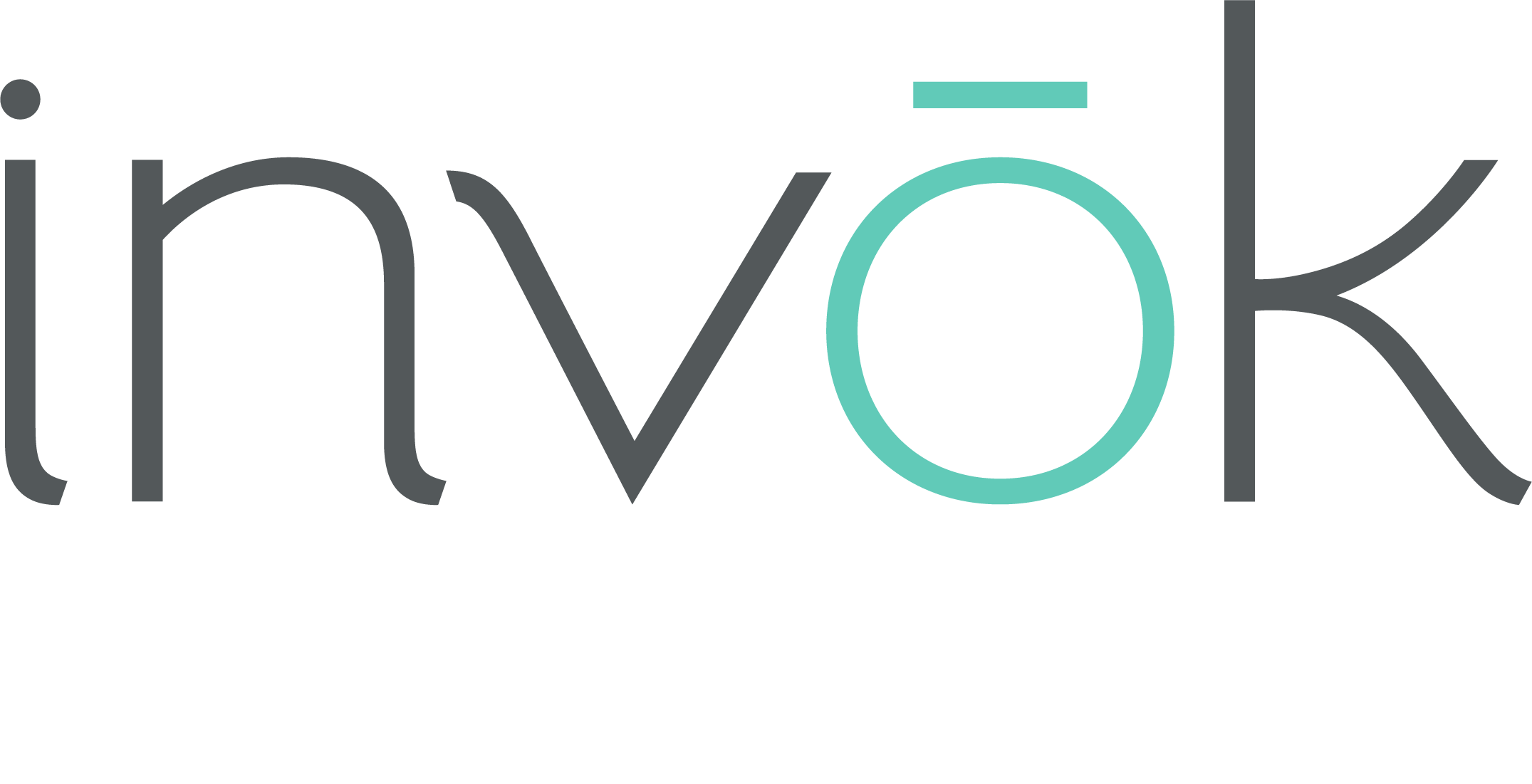Using Design to Convey Sustainability
Welcome to the twelfth edition of Invok's Sustainability Watch series. Here, we share relevant news and insights on pressing CPG industry issues. We hope these articles will help spark conversations among your team and inspire you to consider how we, as an industry, can be part of the long-term solutions to our planet's environmental problems.
PepsiCo Introducing Recyclable, Paper-Based Designs for Beverage Multipacks
CPG giant PepsiCo made a positive announcement in August when they announced that they would be replacing traditional plastic rings on their beverage multipacks with new, paper-based solutions across North America. The more sustainable packaging will be recyclable and employ paperboard wraps and clips instead of the plastic rings that have become synonymous with waste and pollution.
From protecting ocean wildlife to keeping unnecessary plastic out of landfills, the environmental impact is the real story here, but from a branding perspective, this is a win/win for PepsiCo. The shift from transparent plastic rings to the new paperboard packaging also gives PepsiCo a great opportunity for additional branding and messaging. Not only does the packaging stand out because it is different, but it also stands out because there is more real estate for PepsiCo to leverage design and attract its target customers.
With the rollout already underway in Canada, it will be interesting to see how consumers respond to the new packaging. Credit to PepsiCo, though, for its pep+ (PepsiCo Positive) initiative and its commitment to ensuring its packaging never becomes waste.
Learn more here: Packaging Gateway
The Majority of Canadians Don't Believe Your Brand's Sustainability Claims
Deloitte Canada has just published their inaugural Canadian consumer sustainability report, with the aim of "surveying business leaders and consumers to explore how retailers can build consumer trust in their brands while navigating the dynamic world of conscious consumption." Titled Creating Value for Sustainable Products, the report offers some interesting stats about sustainability and consumerism. Here are a few highlights:
· 57% of consumers say they don't believe most "green" or sustainable claims brands make.
· 61% of consumers say they shouldn't have to think about sustainability while shopping.
· 94% of consumers believe it is a brand's responsibility to create products that are not harmful to the earth.
While it is disappointing to see that consumers are still skeptical about greenwashing and false promises coming from brands, the fact that 71% of business leaders think consumers actually trust their claims shows an disconnect between brand and consumer. Brands need to go above and beyond when communicating to consumers about how their products and packaging are sustainable, or consumers will simply tune them out.
According to the report, third-party certifications are one way that brands can align with a global standard of sustainability (49% of consumers find these useful), while sharing additional information about why a product is considered sustainable appeals to 54% of consumers. With these insights, it is easy to start thinking about how QR codes and AR technology incorporated into your packaging design could link to additional information and better educate consumers, or how a third-party certification could help convey a sense of trust and quality to your audience.
With every challenge comes an opportunity, and through packaging materials and design, brands have a chance to not only improve their sustainability efforts but also take their customers along for the journey by educating them and empowering them to make better choices. But first, we must listen to what our audiences are telling us before we can hope they will ever listen to us.
Learn more here: Canadian Grocer

